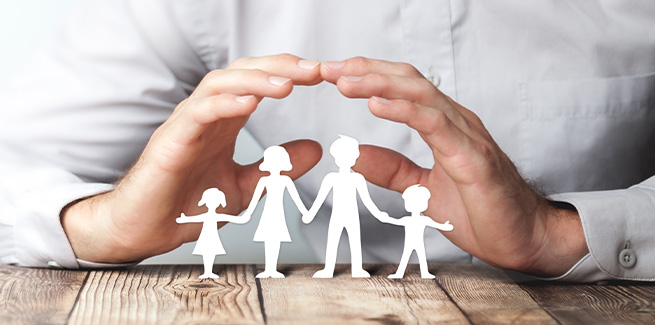Australia’s birth rate could be intrinsically linked to its increasing housing market, according to a new study conducted by the University of Sydney.
A paper from the university’s economists, titled Housing wealth, fertility intentions and fertility, published in the Journal of Housing Economics, has analysed a sample of female owner-occupants and renter-occupants aged between 25 and 45 years old.
The data was drawn from the first 18 waves of the Household Income and Labour Dynamics (HILDA) survey from 2001 and 2018.
According to the paper, for home owners, an increase in property value was linked with a higher likelihood to give birth.
A $100,000 increase in home prices over two years, for example, was associated with an approximately 18 per cent increase in the likelihood of a home owner having a child in the past year.
By comparison, the likelihood of private renters intending to have a child decreased by 0.25 percentage points over the same period.
“The empirical results indicate that housing price growth increases fertility intentions and realised fertility for homeowners while reducing fertility intentions for renters,” the paper concluded.
But varying responses were observed across marital status, parental status, family income, home ownership status and liquidity constraints.
The paper added: “In an environment in which Australia and other countries face an aging population, the empirical results indicate an additional challenge for policy makers.
“The increase in housing costs may directly impact fertility, which may have significant fiscal implications over the long term.”
Similar effects have been recorded in other markets. A 2016 study published in the SSRN reported that, in the UK, a 10 per cent increase in house prices was linked with a 2.8 per cent increase in births among home owners, but a 4.9 per cent decrease among renters.
Further, a 2013 study published in The Review of Economics and Statistics concluded that in the US, a $100,000 increase in housing wealth among home owners resulted in a 16 to 18 per cent increase in the probability of having a child.
However, according to the University of Sydney study’s lead author, associate professor Stephen Whelan, these Australian statistics have likely become stronger since 2018.
“While there has been significant debate about appropriate policy settings in light of rapidly increasing house prices and its impact on home ownership, there has been little discussion of the implication of housing market developments on people’s decisions to have children,” he said.
“This research indicates that rapidly increasing house prices are associated with changes in both outcomes and intentions about whether to have children.”
Mr Whelan also noted that renters are generally less financially secure than home owners, and “may choose to delay having children in the face of rapidly rising house prices.”
“Housing constitutes a major cost of raising a child so, as the cost of housing increases, having children in Australia has become more expensive,” he said.
According to CoreLogic, housing values across Australia grew by 22.1 per cent over 2021, with regional areas reporting a surge of 25.9 per cent and capital cities by 21 per cent.
[Related: Home listings dropped 20% in 2021]
